ESA’s XMM-Newton has found a pulsar – the spinning remains of a once-massive star – that is a thousand times brighter than previously thought possible
 News
News

 News
News
ESA’s XMM-Newton has found a pulsar – the spinning remains of a once-massive star – that is a thousand times brighter than previously thought possible
 News
News
“Just in time for Valentine’s Day, we have discovered the first example of a planet that seems to be causing a heartbeat-like behaviour in its host star”
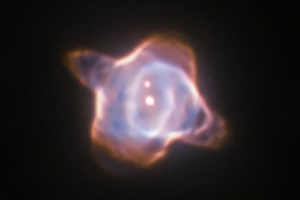 News
News
Using the Hubble Space Telescope we’ve been able to study stellar evolution in real time
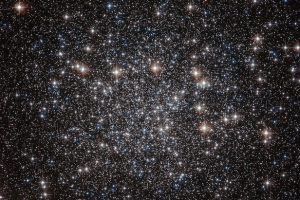 News
News
NGC 4833, captured in all its glory, is one of over 150 globular clusters known to reside within the Milky Way
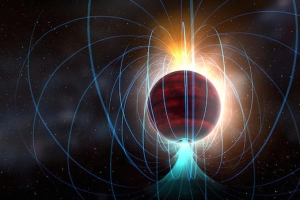 News
News
A dim, cool dwarf star is generating a surprisingly powerful magnetic field, one that rivals the most intense magnetic regions of our own Sun
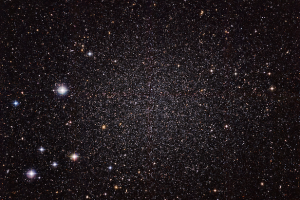 News
News
From an area free of light pollution, the Sculptor Dwarf Galaxy has been imaged in exquisite detail by the European Southern Observatory
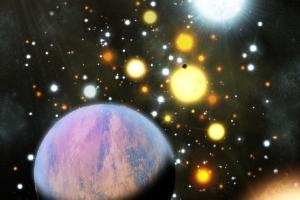 News
News
Data from NASA’s troubled Kepler Space Telescope has revealed more evidence that planets can survive in chaotic and hostile environments thanks to its discovery of two new worlds sneaking across their stars in a star cluster.
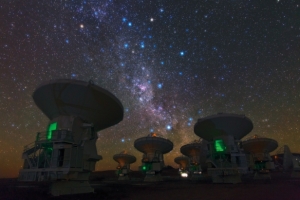 Astronomy
Astronomy
How do we catalogue stars in the night sky?
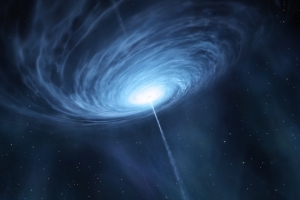 News
News
Quasars might be rare, but a team of astronomers have hit the jackpot by uncovering three of these distant objects.
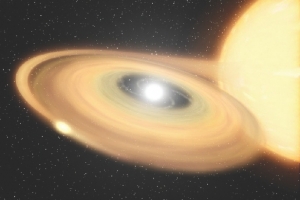 Deep Space
Deep Space
It might not be super, but it’s still a very impressive explosion.